Virginia Woolf’s A Room of One’s Own and Its Unfading Relevance
In her famous 1929 essay A Room of One’s Own, Virginia Woolf presents an argument that remains as relevant today as it was nearly a century ago. At its core, the essay addresses the societal and material conditions necessary for creative and intellectual work—particularly for women. Woolf contends that privacy and financial independence are essential for women to engage fully in artistic and intellectual pursuits. Her call for autonomy, both in the literal and metaphorical sense, speaks to the heart of the challenges women face. Her insights offer us timeless lessons that still resonate in today’s world.
The Privileges of Male Writers: A Historical Context
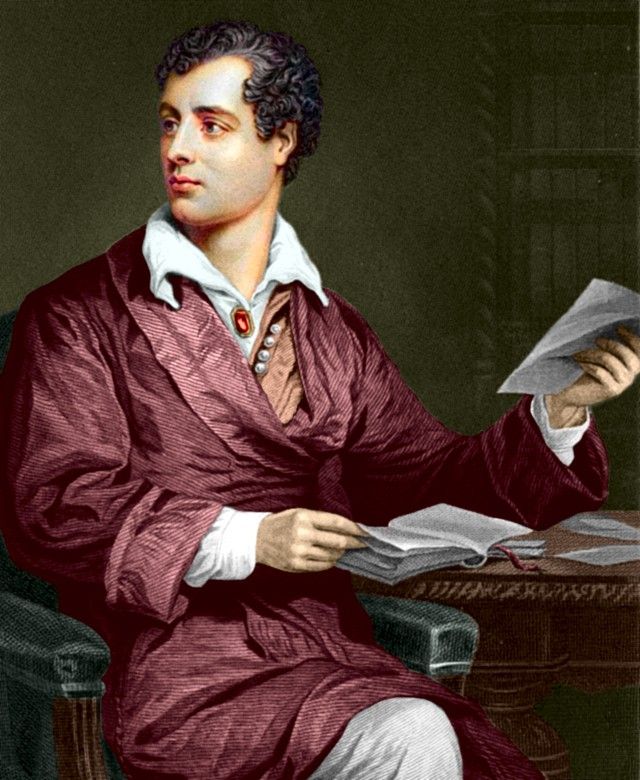
Virginia Woolf begins by exploring the privileged backgrounds of many prominent male writers, pointing out that most had financial stability, educational opportunities, or both. Writers like Coleridge, Byron, Shelley, and Tennyson were able to produce work due to their access to resources that allowed them to focus entirely on their craft. Some, like Browning and Rossetti, may not have had formal education, but they had private incomes or familial wealth that afforded them the freedom to write without concern for survival.
Woolf’s critical eye turns to the historical imbalance between men and women in terms of access to such resources. She highlights how even the most gifted writers, such as the poet John Keats, struggled due to a lack of financial support. Virginia points out that without financial security, even the most talented individuals often face insurmountable obstacles in their work.
This glaring inequality is even starker for women. Woolf notes that women have historically been denied not only financial independence but also the freedom to pursue education and intellectual pursuits on equal terms with men. This historical context sets the stage for her argument that creative work requires more than talent—it requires material conditions that many women were not afforded.
The idea of “a room of one’s own” is central to Woolf’s thesis. For Virginia, this space represents more than just a physical room. It symbolizes privacy, independence, and the psychological space needed for creativity. Throughout history, women have been denied this space. The pressures of domestic responsibilities, child-rearing, and caregiving have historically left women with little time or energy to devote to intellectual or creative work.
Her essay suggests that the space a writer—or any creative individual—needs to thrive is not just physical. It’s about having the freedom to focus on one’s craft, free from interruption and external obligations. Without that freedom, Virginia Woolf suggests, true creative work becomes difficult, if not impossible. This is especially true for women, who were historically expected to fulfill roles that left them with little to no time for themselves.
In addition to privacy, Virginia argues that financial independence is just as crucial. She famously states that “a woman must have money and a room of her own if she is to write fiction.” To Woolf, financial stability—symbolized in her essay by the modest figure of five hundred pounds a year—ensures that a woman has the autonomy to pursue her work without being beholden to others. Woolf makes the case that financial freedom allows for intellectual freedom, removing the constraints of survival and enabling women to think and create freely.
Woolf critiques the romanticized notion that poverty can fuel great art. Instead, she asserts that poverty forces a person into survival mode, narrowing their focus and limiting their creative potential. It’s not poverty that produces great writers, she argues, but the material freedom to focus on the intellectual and emotional depth necessary for true creative work.
The Relevance of Woolf’s Ideas Today
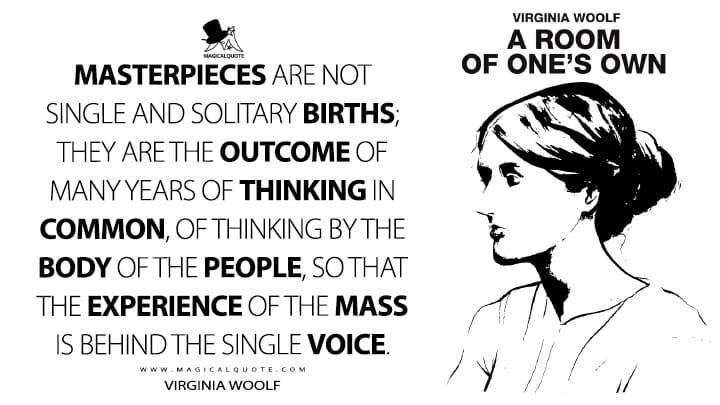
Although significant progress has been made since Virginia Woolf’s time, her arguments are still very much relevant today. Women now have more opportunities for education and professional work, but financial independence and access to creative space remain key challenges. The gender pay gap continues to affect women in almost every sector, and the majority of women still shoulder the bulk of domestic responsibilities, making it harder to find uninterrupted time for personal pursuits.
Woolf’s point about financial independence is still as critical as ever. Women today are still more likely to be financially dependent on others, whether through unequal pay, caregiving duties, or societal pressures. Financial independence continues to be one of the primary obstacles to creative and intellectual freedom. Without it, women often find themselves balancing multiple roles and responsibilities, which can make it difficult to carve out the time and space for the kind of focused work that Virginia Woolf championed.
Similarly, the idea of “a room of one’s own” resonates today in the context of work-life balance. Many women continue to juggle professional careers, family obligations, and societal expectations. The ability to claim space and time for intellectual or creative endeavors—whether in the home, at work, or in public life—is still a challenge. Virginia Woolf’s metaphorical room represents the need for privacy, independence, and uninterrupted time, which are still critical for women who want to pursue their intellectual passions.
Woolf’s Call to Action for Women Writers and Creatives
Woolf’s essay is not just a critique of the historical and material limitations placed on women but a call to action. She urges women to pursue education, to write, and to engage with all forms of intellectual life—whether in fiction, history, philosophy, or science. She advocates for women to expand their creative and intellectual pursuits into realms previously dominated by men, arguing that the contributions of women to these fields are vital to the cultural and intellectual development of society.
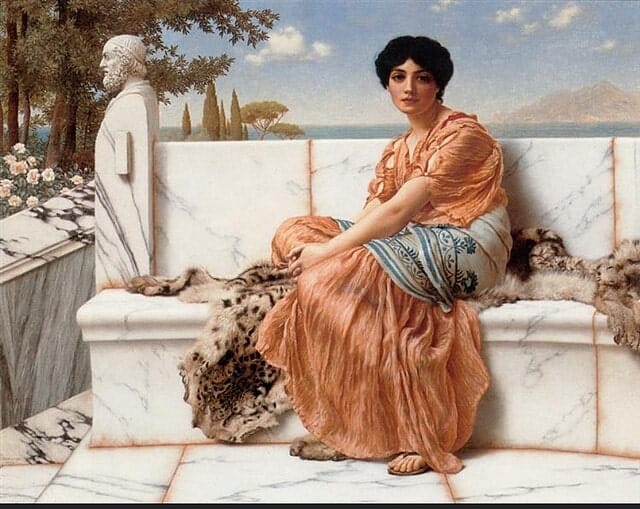
Drawing from examples of women like Sappho, Aphra Behn, Emily Brontë, and Lady Murasaki—who managed to create enduring works despite facing tremendous social and material challenges—Woolf shows that women can find ways to express themselves, even in restrictive environments. The key, she suggests, is claiming the space to do so, whether by securing financial independence or asserting one’s right to private time and space for intellectual growth.
Woolf’s Timeless Legacy
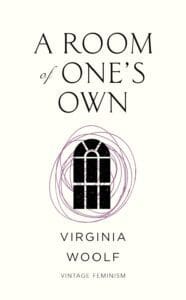
In A Room of One’s Own, Virginia Woolf laid out a powerful argument about the material conditions necessary for women to flourish creatively. Her message—that financial independence and personal space are essential for intellectual freedom—continues to resonate in our modern world, where many women still face obstacles that limit their ability to create and contribute to intellectual life. Woolf’s essay remains a rallying cry for autonomy, equity, and the importance of dismantling the barriers that hinder women’s creative potential.
Today, as women continue to fight for equal opportunities in the arts, sciences, and beyond, Virginia Woolf’s timeless insights remind us that true creative freedom can only be achieved when women have the financial stability, privacy, and autonomy needed to explore their intellectual and artistic passions. As we move forward, her call to action remains a powerful and relevant reminder of the work that still needs to be done in the fight for women’s full intellectual and creative equality.

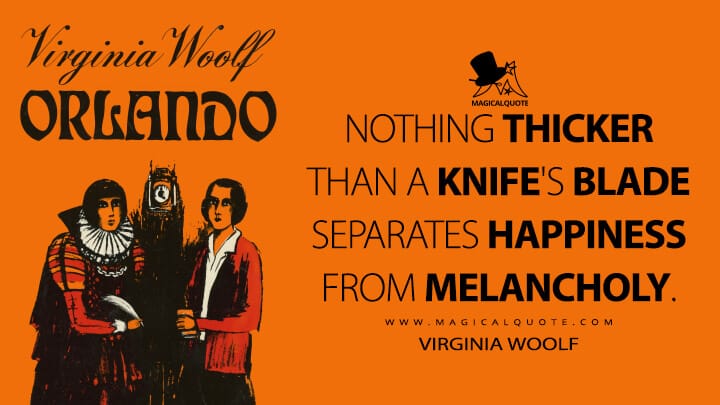

I think this is one of the most vital information for me. And i am happy studying your article. But wanna statement on few basic things, The web site style is ideal, the articles is truly nice : D. Just right task, cheers
Thank you for sharing excellent informations. Your web-site is so cool. I’m impressed by the details that you’ve on this blog. It reveals how nicely you perceive this subject. Bookmarked this web page, will come back for extra articles. You, my pal, ROCK! I found just the info I already searched everywhere and simply couldn’t come across. What a perfect site.
Do you have a spam problem on this website; I also am a blogger, and I was wondering your situation; we have developed some nice methods and we are looking to exchange methods with others, please shoot me an email if interested.